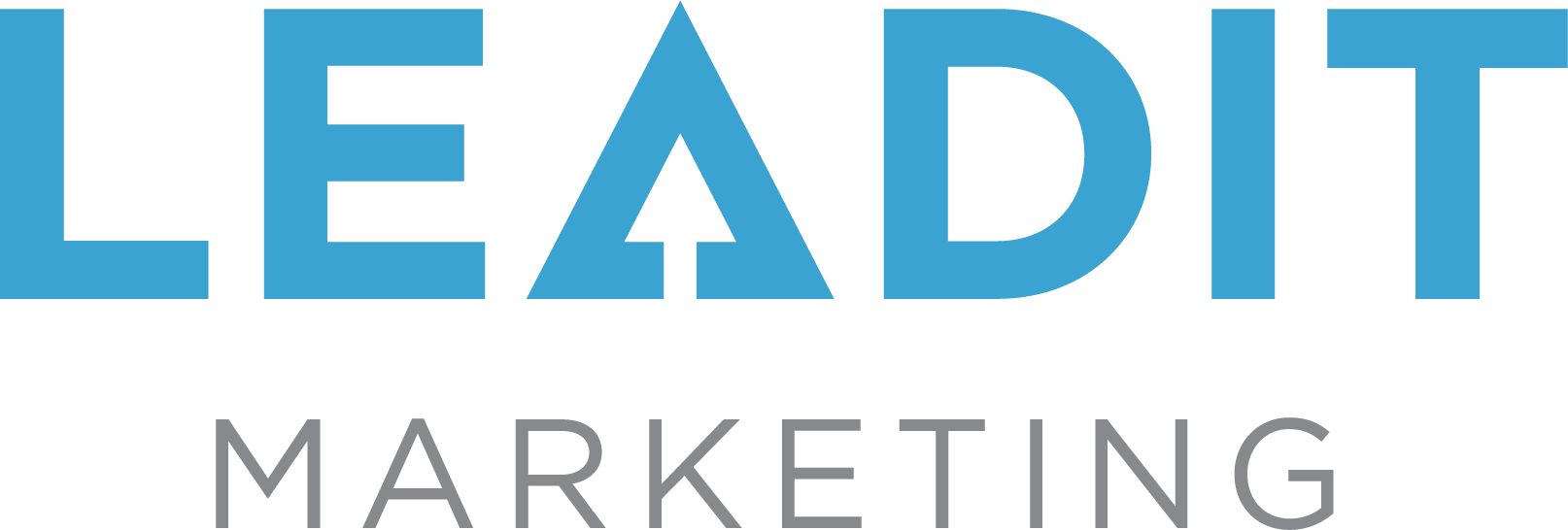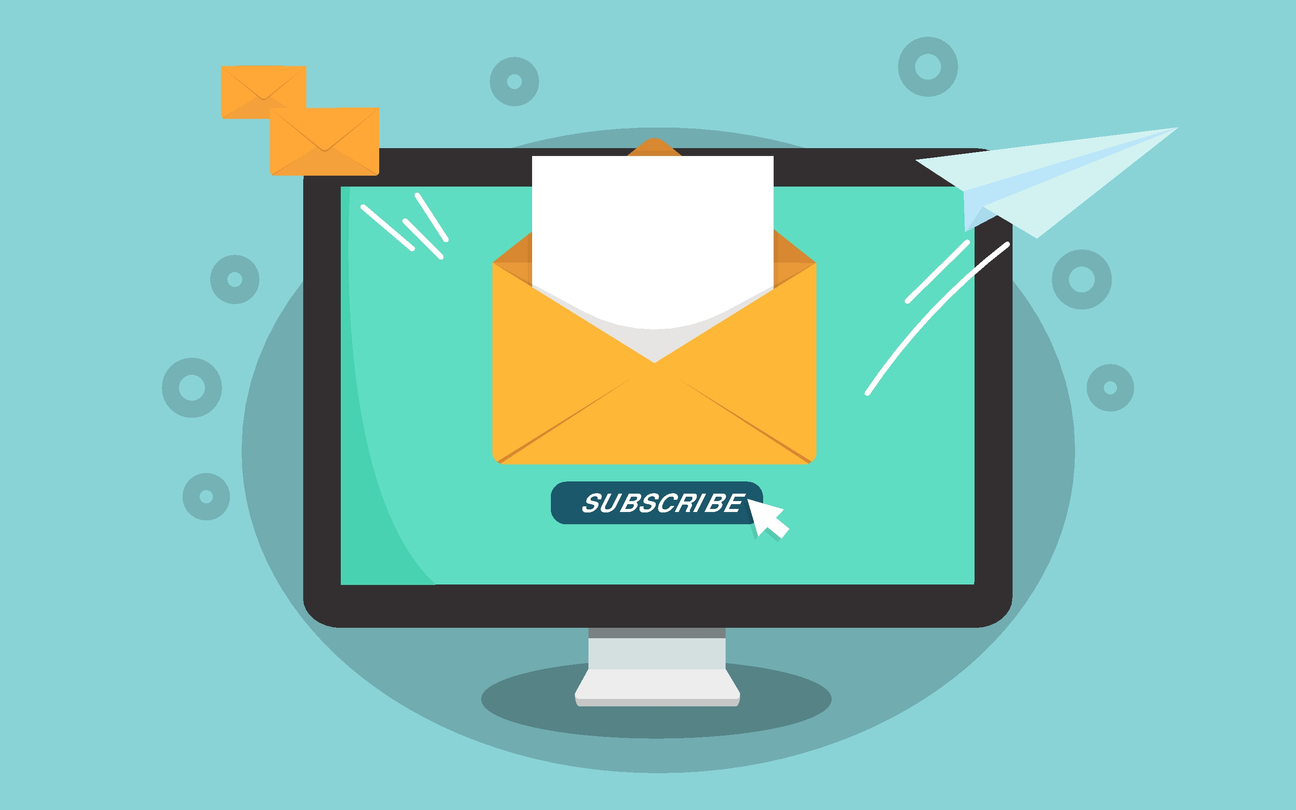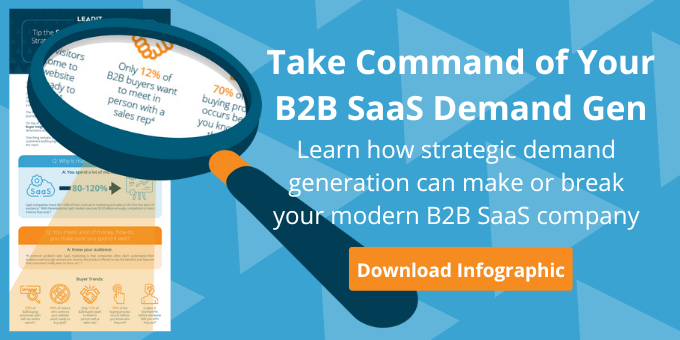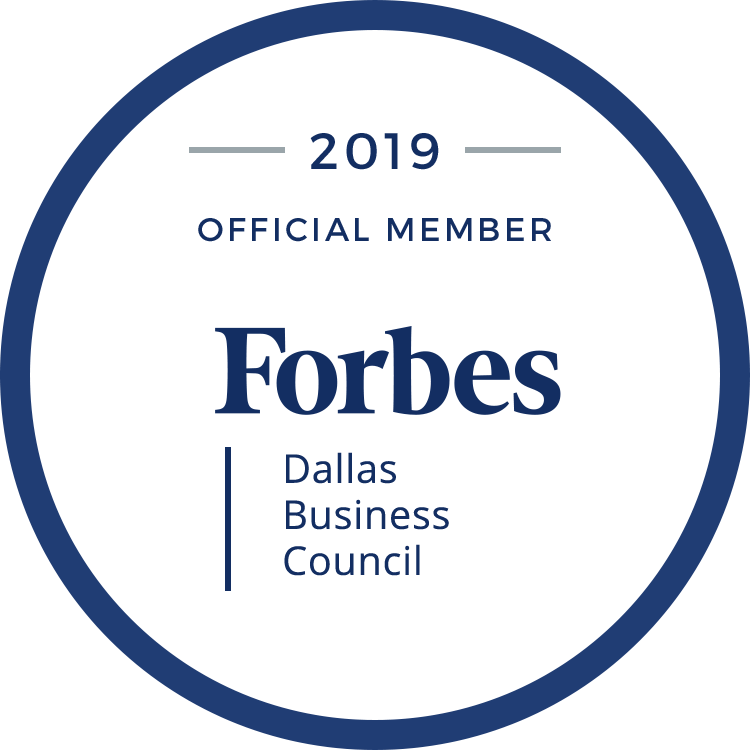This blog was updated on August 3, 2021.
5 Characteristics Of The Perfect B2B Tech Email Newsletter
Including an email newsletter as part of your B2B marketing campaign is a cost-effective way to market your business and establish yourself as a trusted industry leader. A newsletter helps you build your brand, stay on your customers’ radar, and increase sales.
But here’s where the slope gets slippery: A poorly designed or convoluted email newsletter will only serve to annoy, and it will likely result in the dreaded unsubscribe. On the other hand, a perfectly appointed and highly relevant newsletter will engage your customers and keep them coming back for more.
So how do you achieve the perfect email newsletter for your B2B tech organization?
We’re glad you asked. It’s simple, really, and if you put yourself in the place of the recipient, you’ll see that it all boils down to relevance and readability.
In that vein, these are the top five most important newsletter characteristics when it comes to creating an engaging email newsletter for your B2B audience:
- An engaging subject line
- Keep the content relevant to your target audience
- Write in a casual, friendly tone
- Make it visually appealing
- Include a clear call to action
When you incorporate the following elements into your B2B email strategy, you can fuel your sales team to act upon leads. Learn how to create your marketing and sales engine (and keep it running) by watching our webinar here.
1. An Engaging Subject Line
The subject line will make or break your email newsletter readership.
Long subject lines simply don’t perform, and sales language is off-putting to many readers. The subject line should be as carefully crafted as the content inside, and it should grab the recipients’ attention and make them want to know more. It should make them believe that reading the newsletter will be beneficial to them in some way.
Avoid bland subject lines like “Acme May Newsletter” and “Here’s What’s New at Acme This Month!”
Instead, opt for something that drives curiosity while explaining what is inside such as “Inside: Five Ways to Reduce Overhead Costs in 30 Days.”
2. Keep the Content Relevant
If people are going to waste their time, they’d rather spend a half-hour looking at funny cat pictures on Buzzfeed than trying to slog through long and confusing newsletter articles and wondering what any of it has to do with them.
Think about who your customers are, what they’re in need of when they come to you, and what kinds of information they might find useful.
If you’re a commercial HVAC contractor, provide practical tips for conserving energy at the office or highlight new and emerging technologies that can save the business money.
If you sell office equipment, offer simple ways to reduce printing costs or provide an in-depth explanation about how a little-used feature of a particular product works to save time or money.
3. Write in a Casual, Friendly Tone
The email newsletter is an opportunity to give your business a personality. Save the corporate-speak for the annual report, and give your newsletter a warm, personable tone that makes readers feel like you’re having an intimate conversation with them.
Use a second-person point of view, and don’t be afraid of using a little mild (but always appropriate!) humor.
In our newsletter, we share our latest insights on B2B marketing in a fun and approachable manner; check it out by signing up here!
4. Make it Visually Appealing
Keep the layout of your email newsletter simple and easy to read and navigate. Use short paragraphs rather than long blocks of text.
When you’re writing the newsletter, use the same format that readers will see. Keep the layout consistent each time, and always preview before sending it out to ensure that it’s properly formatted and easy to read and navigate. Every email reader can display emails differently and ensuring that your email looks the same across multiple platforms is essential to capture readers and clicks.
5. Include a Clear Call to Action
While the content of your newsletter should be 90 percent informational and only 10 percent promotional, the promotional aspect is absolutely essential for reaping the benefits of sending it out.
Therefore, a clear call to action is critical. The call to action may be along the lines of clicking on a link to receive an offer for a discount or to learn more information about a topic, or it may be something like an invitation to “like” you on Facebook or follow you on Twitter.
From creating the B2B content strategy framework that directly relates to your ideal customer’s pains to owning the email strategy that promotes the content, we are here to help. Learn how we can put integrated marketing to work for you in our eBook: Synergized Marketing Is An Energized Bottom Line.












